Properly chosen exercises performed in the gym will help to restore the spine much faster. In addition, there are complexes of exercises that have a preventive effect and prevent the occurrence of injuries and diseases of the spine. Finally, there are sets of exercises in the gym, which specifically improve the condition of the back and spine in case of injuries or chronic diseases (such as osteochondrosis).
After injuries or acute illnesses of the back and spine, the recovery process should be gradual. At the first stage there should not be any heavy loads on the back and exercise in the gym is not recommended. Later, as the condition of the spine improves, specially selected exercises on simulators are very useful and allow recovery much faster.
Table of Contents
Stages of physical rehabilitation
The subcompensation phase
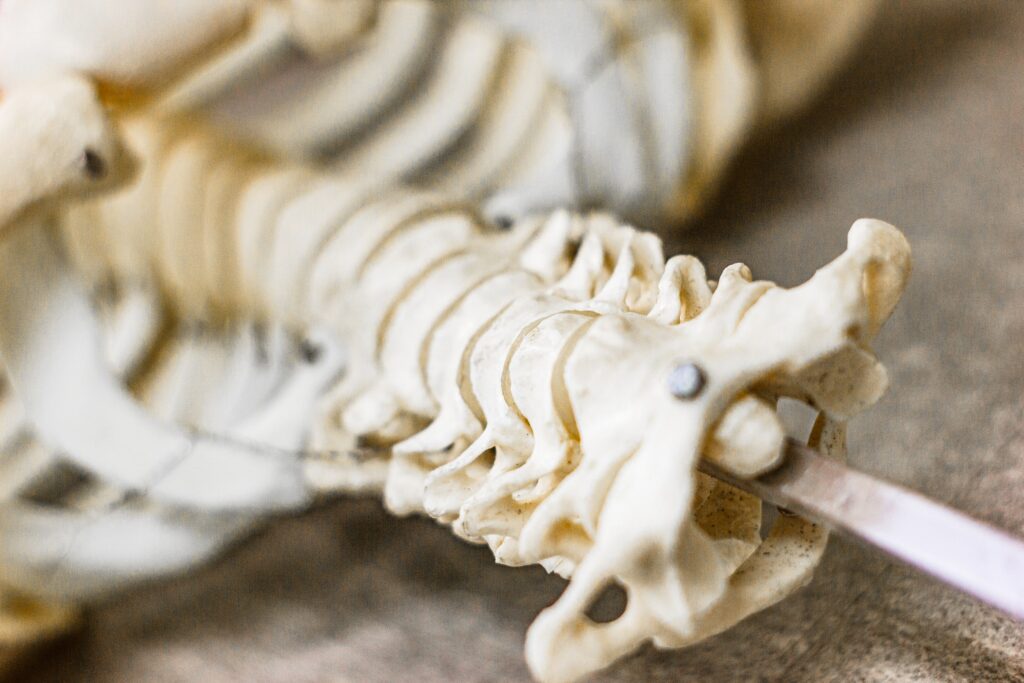
The first stage (subcompensation stage) aims to initiate the process of creating compensatory structures for the affected segments of the musculoskeletal system. These compensatory structures take over some of the functions that the affected segments of the spine, limbs and joints are unable to perform.
The subcompensation group includes people who have recently been discharged from the hospital or those who have very severe back pain. Such patients undergo a month-long rehabilitation course with the application of special programs.
The main tools of these programs are physical exercises without machines, breathing exercises and relaxation exercises. Together these exercises contribute to the restoration of nutrition, neuroendocrine regulation and unloading of the affected structures of the spine. As other means are used hygienic environmental factors, sauna therapy.
In addition for independent work at home we offer didactic methodical materials. Experience shows that such a complex approach to the solution of the problem contributes to a rapid improvement of the well-being of our clients.
At this stage, the level of pain syndrome decreases, the patient’s fear disappears and a sense of self-confidence emerges.
After the course of physical rehabilitation at the first stage, the transition is made to the unstable compensation group. Why unstable? Because the compensatory mechanisms which are formed at this stage are still unstable and have not yet fully formed, which is why relapses of the pain syndrome are possible.
Stage of unstable compensation
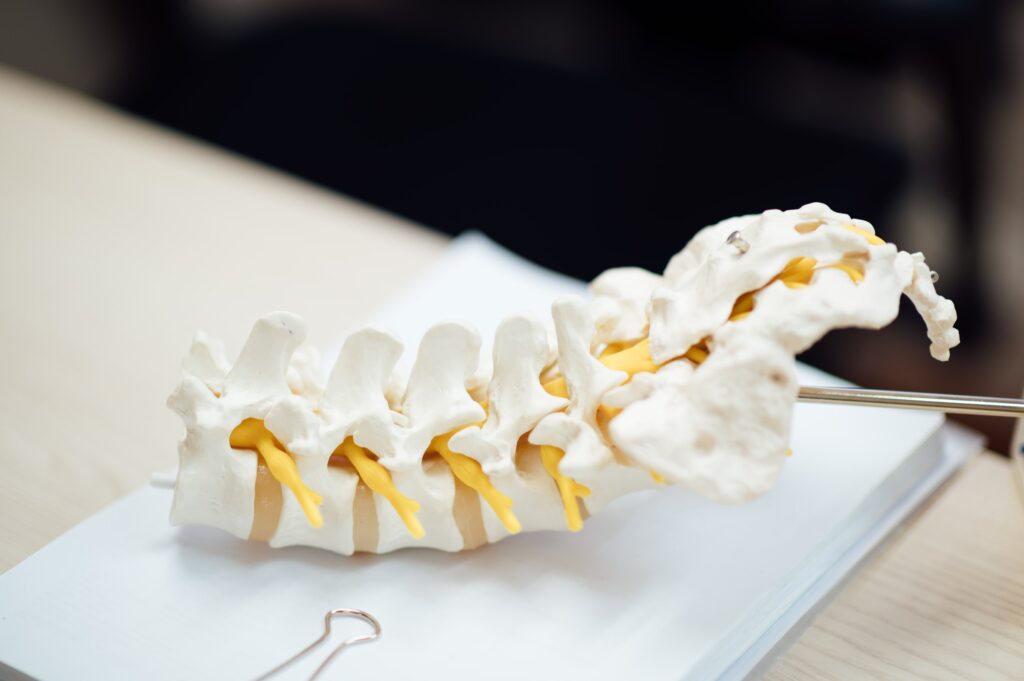
The duration of the unstable compensation stage varies from person to person – from two months to six months. At this stage, rehabilitation sessions consist of two parts. The first part includes exercises in the gym. But exercises here are different from those in the previous stage, more complex. The tasks they solve are extended. As mentioned above, we proceed from the fact that the body is a unified system. And it’s impossible to solve a local problem without improving the whole organism. That is why in parallel with the dominating task – to form compensatory structures – the accompanying tasks of improving activity of the central nervous and cardiovascular systems, internal organs and reproductive sphere are solved.
Within the framework of solving the dominant task, the main emphasis is placed on forming the optimal muscle mass of the body. Why this is necessary is described in detail in the didactic material “The role of kinesotherapy in rehabilitation of people with neurological manifestations of osteochondrosis of the spine and its complications”.
The task of optimizing muscle mass is solved in the second part of the session, which takes place in the gym.
At this stage, back or limb pain almost always disappears, the quality of life is normalized, and performance is fully restored.
The Stage of Sustainable Compensation
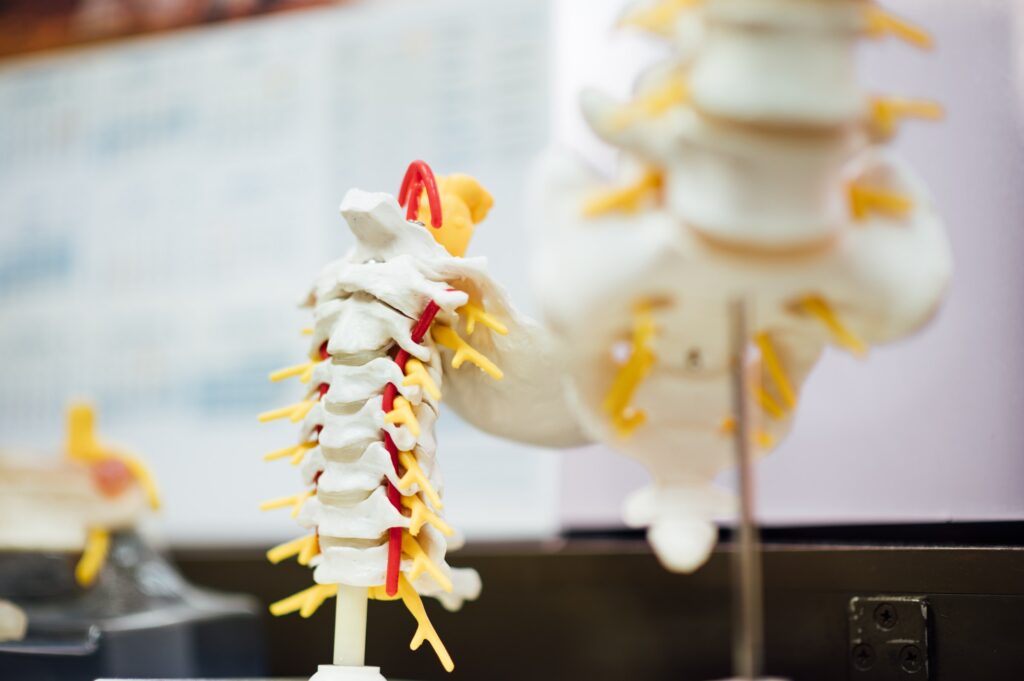
This is followed by the third stage – “Stage of stable compensation. Its duration is 2-3 months. At this stage the structures which take over the function of the damaged structures of the spine are finally formed. The patient feels absolutely healthy. The problem only occasionally reminds about itself.
Often people lose caution at this stage and behave as if the spine is absolutely healthy. At the same time they either cease regular kinesotherapy sessions or overexert themselves by excessive physical exercises. The result is a relapse of the disease.
Training for spinal health
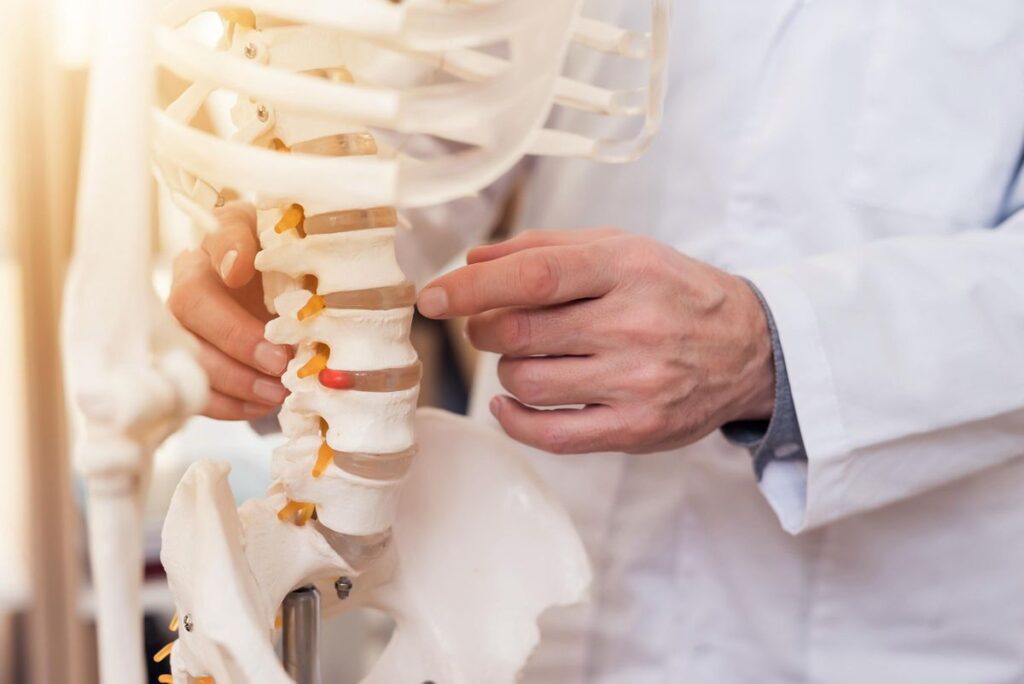
Working out in the gym can not only lose weight or gain the necessary muscle mass, but also improve the condition of the muscles and ligaments of the spine. Developed back muscles relieves excessive load from the spine, slowing the aging process of this organ, and the active blood circulation that occurs during training contributes to the restoration of the intervertebral disc, and also reduces the risk of spinal injuries (learn more about spinal injuries here).
Rules for exercising to improve the spine
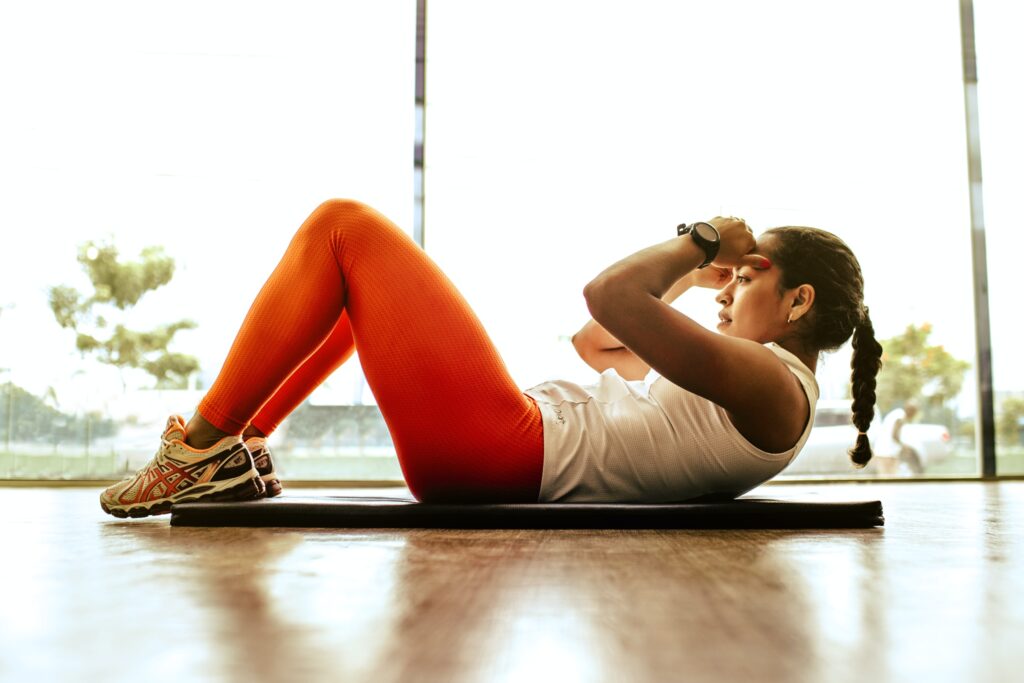
- You should start exercising after the acute pain in the back has passed.
- If you feel discomfort while doing the exercise, you should exclude this exercise for a while, or reduce the weight of the load.
- It is best to have 2 to 3 workouts per week.
- The training should consist of 2 parts: the warm-up and the main part.
- The vast majority of injuries in the gym occur because of ignoring the warm-up. An active warm-up is a mandatory element of the workout.
- The training must take place at a medium pace. Pauses between approaches are 5 – 6 minutes. You can monitor your own breathing – if it is restored, start a new approach.
- Restoring the back in the gym must necessarily use a wide belt of a weightlifter.
What is forbidden to do, doing fitness with a problematic back:
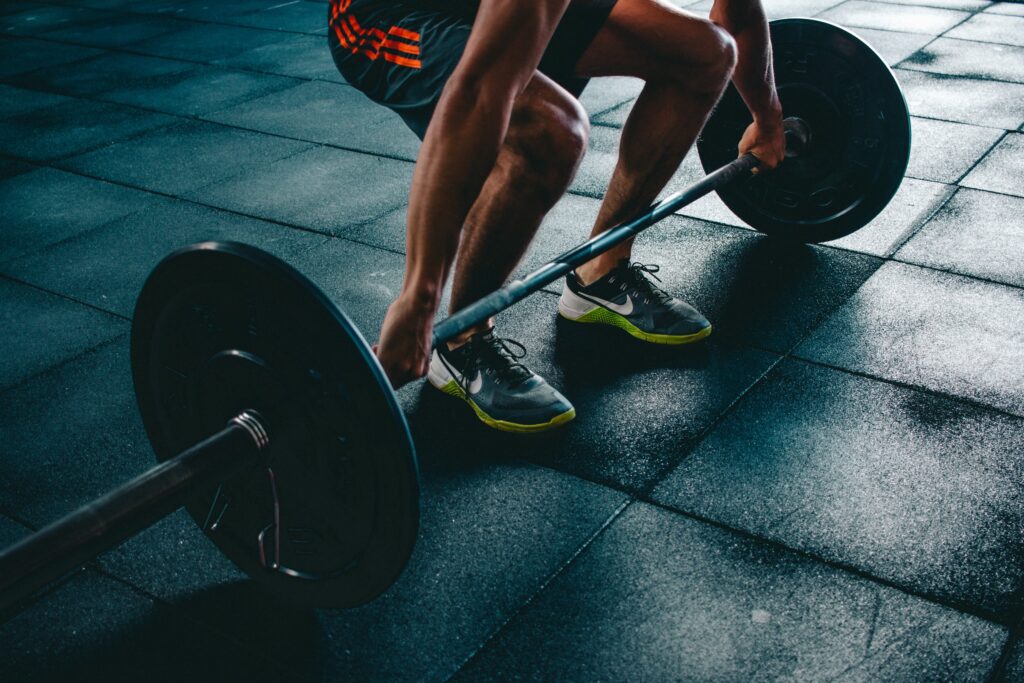
- Work with maximum weights. This applies to all exercises, for any muscle groups.
- Perform exercises:
- Squat with a barbell.
- The deadlift (lifting the barbell from the floor with straight legs).
- Twisting the torso along a vertical axis, especially with a weight on the shoulders. This is sometimes done to train oblique abdominal muscles.
- Excessive bending or arching of the back when performing exercises with barbells or dumbbells.
- Avoid exercises that overly, vertically load the spine (chest press, overhead barbell press).
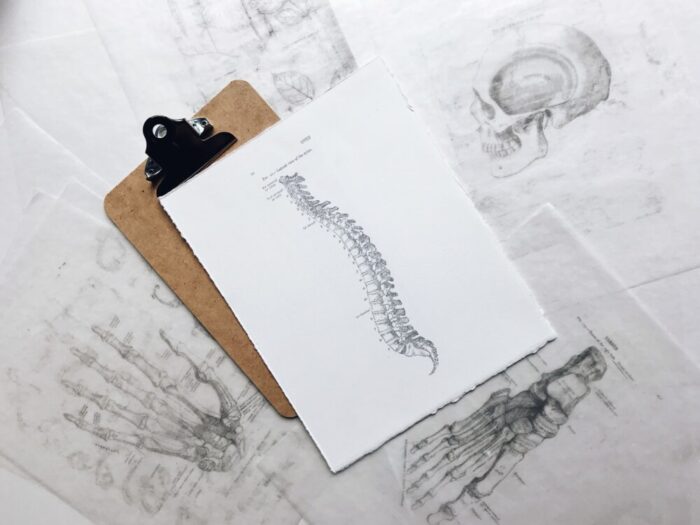
Leave a Reply